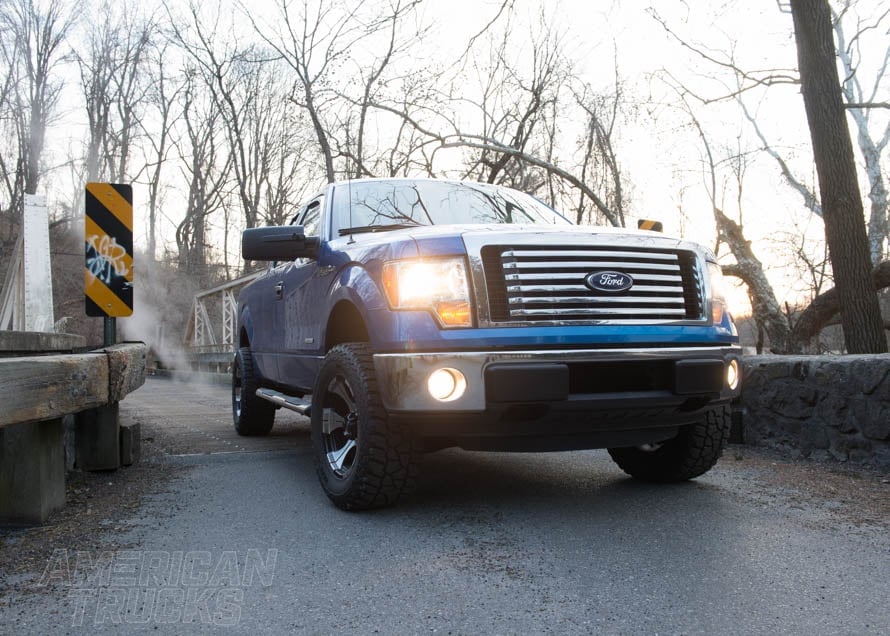No matter whether you have a 2.7L or 3.5L EcoBoost F-150, an intercooler is an integral part of your truck’s performance and a necessary modification when adding more power. This guide will go over how your EcoBoost F-150’s intercooler functions and when you need to upgrade it.
Table of Contents
- What Does An F-150 EcoBoost Intercooler Do?
- Types of EcoBoost F-150 Intercoolers
- Air-to-Air F-150 EcoBoost Intercoolers
- Air-to-Water EcoBoost F-150 Intercoolers
- When Do I Need to Upgrade My EcoBoost F-150’s Intercooler?
Shop F-150 Intercoolers
Whether you're building up your EcoBoost for tougher work or building a track truck, upgrading from your stock intercooler can increase torque as well as reliability. While not an obvious horsepower grade, aftermarket intercoolers help keep engine intake temperatures under control, reducing the risk of future issues.
